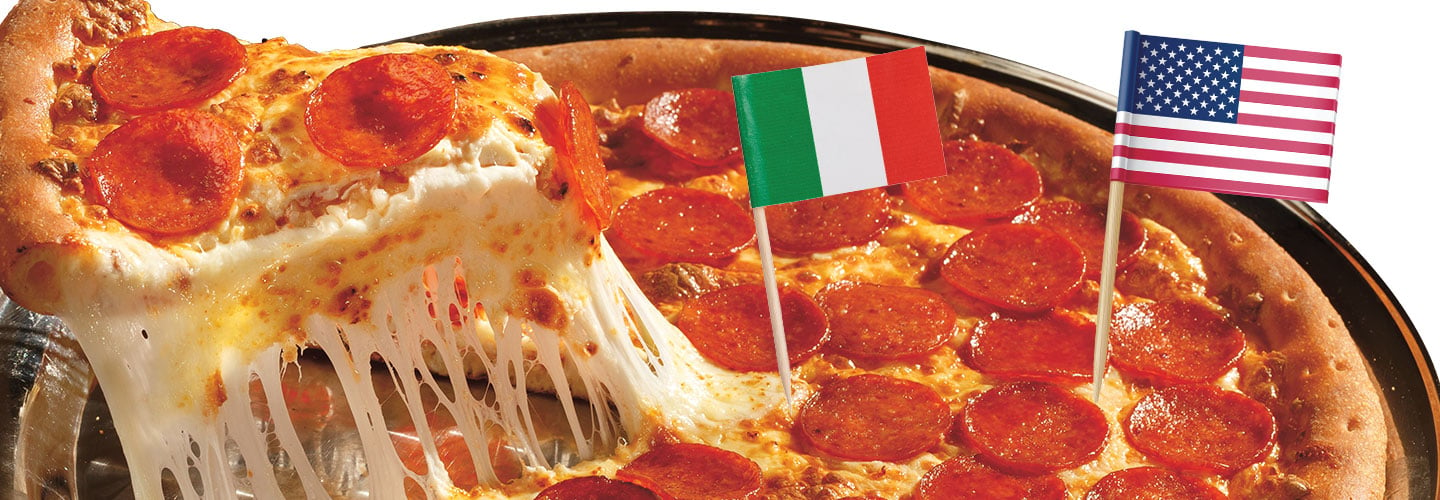It was the early 1930s, and the United States was in the middle of the Great Depression. Millions of people didn’t have jobs. Families were starving.
In New York City, Frank Mastro saw his community of Italian Americans struggling. Mastro owned a shop that sold restaurant supplies. He knew there must be something he could do to help. But what?
And then an idea came to him.
Pizza!
It was the early 1930s. The United States was going through the Great Depression. Millions of people didn’t have jobs. Families were starving.
Frank Mastro lived in New York City. He lived in an Italian-American neighborhood. He saw his neighbors struggling. Mastro owned a shop. He sold restaurant supplies. He wanted to help his neighbors. But how?
Then he had an idea.
Pizza!
It was the early 1930s, and the United States was suffering through the Great Depression. Millions of people were out of work, and families were starving.
In New York City, Frank Mastro witnessed the struggles his community of Italian Americans faced. Mastro, who owned a shop that sold restaurant supplies, knew he had to find a way to help. But how?
And then inspiration struck.
Pizza!

